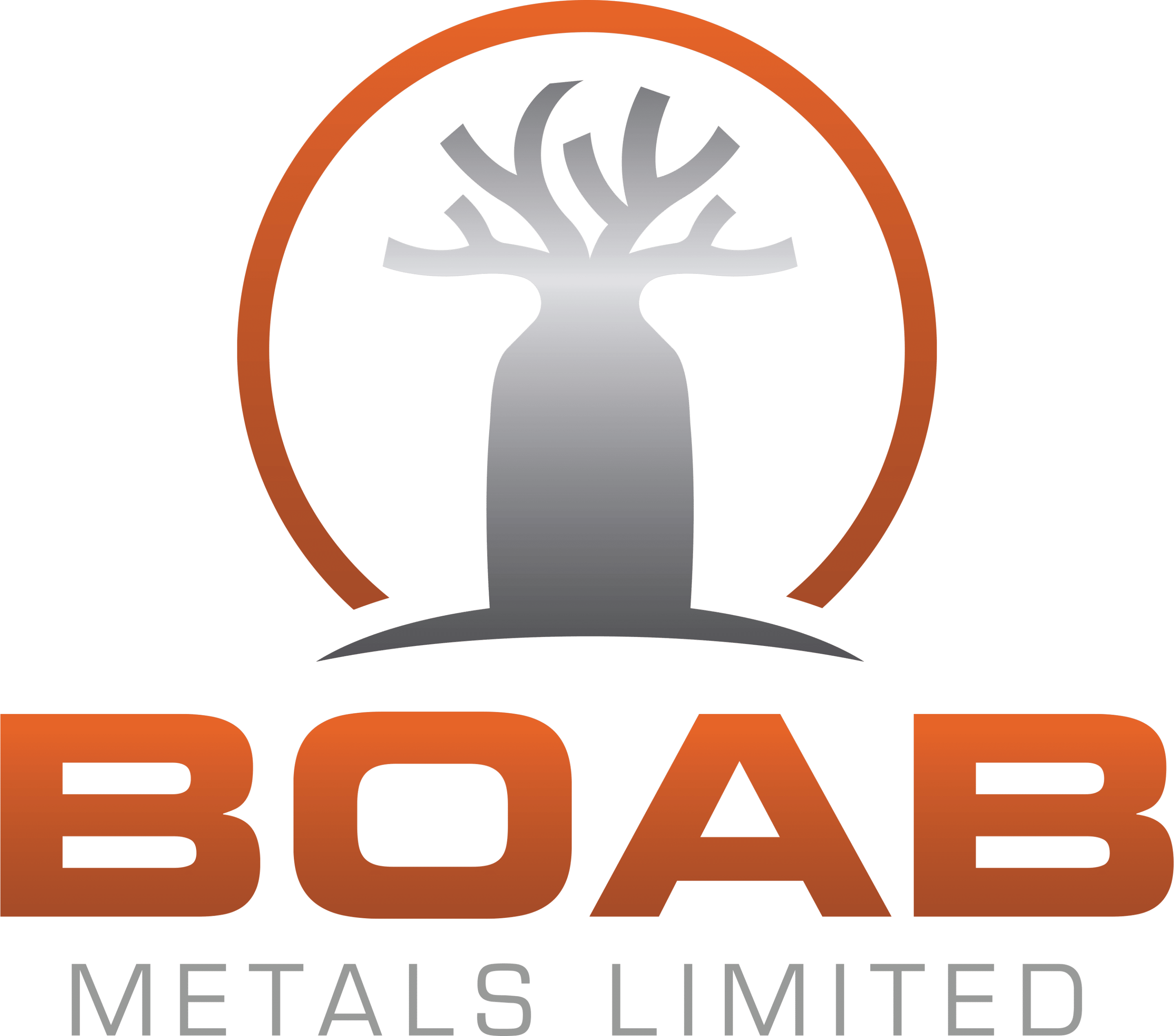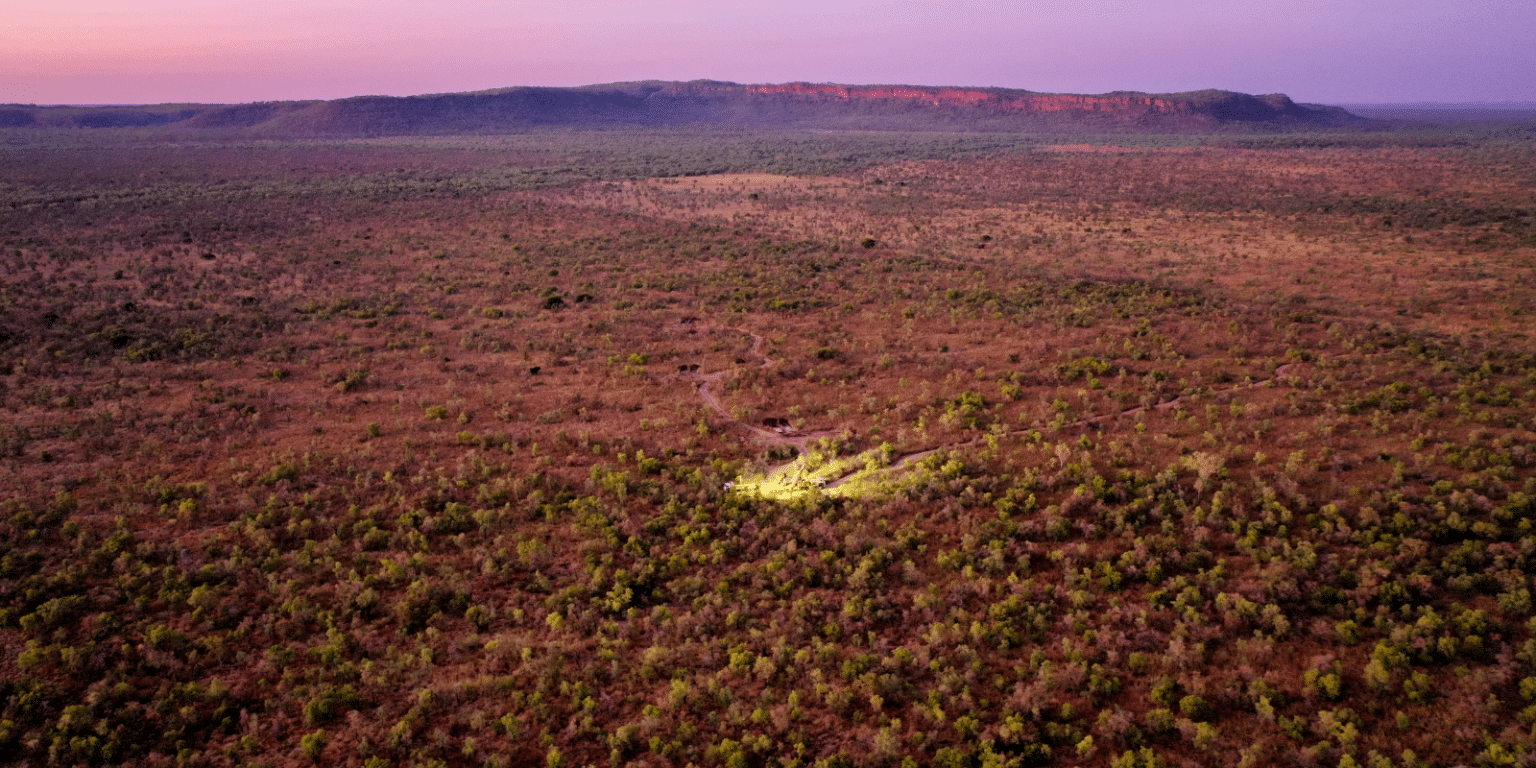The Western Australian resources sector has a responsibility to lead the charge on sustainability.
As a major economic contributor, significant employer and globally important industry, all eyes are on miners to manage their environmental impact.
In recent years, the industry has been generating momentum towards more sustainable practices across the mining life cycle.
Several factors combine to encourage this proactive approach:
- Increased awareness of environmental and climate change issues
- Technological advancements
- Stakeholder pressure
- Rising prevalence of ESG stocks on the ASX
For mining to remain not only relevant but essential, operators must continue taking steps forward in managing risks and considerably reducing emissions.
Sustainability is an investment that will pay big dividends if the right practices are in place.
Looking at sustainability across the life cycle
Sustainability is no longer an isolated or reactive action.
Policies and practices have evolved in recent years to become holistic and long-term.
In other words, innovative mining companies approach sustainability as a strategy that spans the project’s life cycle rather than a set of actions or a one-off report. This is partly because good environmental governance creates value for companies, communities, shareholders and the environment.
Exploration
Geological data and mineral deposit information is collected and analysed as part of exploration and feasibility studies.
During these early stages, sustainability looks like:
- Community engagement
- Environmental impact studies
- Wildlife surveys
- Water supply studies
Proactive companies will already be thinking long-term. However, environmental management and rehabilitation become more prevalent in the planning phase.
Mine planning
As well as economic, technical and regulatory factors, mine planning today involves a heavy dose of environmental and social impact assessment.
Before construction can begin, the mine planning phase needs to address several key concerns:
- Long-term rehabilitation plans
- Safety and operational risks
- Environmental impact scenarios
- Resource consumption
- Tailings management
- Power source
Although more challenging for junior miners (due to limited resources), environmental studies and community consultation are crucial in the planning phase.
According to researchers, the trend among mining companies is to look beyond 5 and 10-year timelines to the long-term impact of operations.
In practice, this means developing risk assessment frameworks, modelling environmental impact, and using software tools to plan for future risks.
Construction
When roads, camps, processing facilities and other infrastructure commence, ESG governance policies kick into action.
As well as environmental management (dust suppression and wildlife disturbance), mining companies who are committed to sustainable operation will aim to:
- Employ local people, including First Nations peoples
- Contribute to communities
- Build infrastructure for long-term use
- Tap into renewable resources
For example, Boab Metals’ Sorby Hills Project is expected to draw renewable hydropower from the same dam that powers much of Kununurra.
In building for the long-term, we aimed to reduce reliance on fossil fuels and thereby minimise our environmental impact.
Operation
Mines live long lives.
The list of sustainability initiatives ESG-conscious companies can implement is nearly endless, spanning from on-site operations to community investment and further afield.
Operation is also where governance and policy come to the fore.
For a mining company – or any company – to meet the appetite of ESG stock investors, good governance must underpin environmentally and socially progressive practices.
Here are a few innovative sustainability approaches that reflect a long-term strategy:
- Progressive rehabilitation: Returning parcels of land to its prior condition throughout the operational phase, rather than waiting until the resource is fully depleted.
- Investing in local communities: Generating value for local communities beyond the project’s life; for example, Boab Metals is proud to be the naming rights sponsor of the Ord Valley Muster, encouraging tourism and building local businesses.
- Green transport: Technology is powering greener transport initiatives such as electric vehicles, logistics optimisation modelling and vehicle modifications to reduce emissions.
- Reducing waste: Boab Metals is in discussion to donate usable wastewater to a nearby agricultural project, reducing our environmental footprint while simultaneously supporting a local business.
- Tailings management: Bioscience is enabling leaps forward in managing tailings, such as increasing plant nutrients in waste material.
Mining companies who acknowledge their dual responsibility as value creators and environmental stewards will ultimately attract investors seeking ESG stocks.
And the ASX isn’t the only stakeholder interested in good governance.
Miners need a social licence to operate, which means making genuine community connections with ongoing disclosure. They also need to appease regulators, which in turn reduces ESG risk.
Closure
When resource extraction is winding down, rehabilitation strategies ramp up.
And for the mining company, a mindset shift must occur.
The company is no longer creating value and reducing risk to become an attractive ESG stock on the ASX.
During the closure phase, they are demonstrating their commitment to promises made years earlier.
Carrying out closure plans and working with local communities helps the company uphold their good standing in the local community and throughout the state.
Rehabilitation
Before a mine site can become usable land, it must undergo a lengthy rehabilitation process.
The operator’s rehabilitation plan likely outlines this process and the organisations, resources and technology involved in realising it.
However, rehabilitation plans should be agile to allow for the influence of technological advancements and environmental concerns.
For example, climate change can affect native species in unexpected ways. Although a mining company may have earmarked parcels of land for water conservation, it may be more environmentally valuable to promote native bushland growth in the region.
What does this mean for the future of WA mining?
Many of the governance strategies and sustainable operations outlined above are already in play by some of WA’s most progressive mining companies.
That’s good news for local communities, the environment, and ESG investors.
It also strengthens the reputation of WA’s mining industry as a global leader in sustainability.
We are learning more all the time about the impact of mining on the environment and local communities.
At the same time, technology is advancing rapidly, unlocking the potential to manage our emissions and environmental impact more efficiently.
It’s hard to predict what innovations are yet to come, but the innovations already in place promise dividends that will pay out years and decades from now. In the rising prevalence of ESG stocks on the ASX, flourishing local communities, and preserving our diverse and dynamic environment for future generations.

